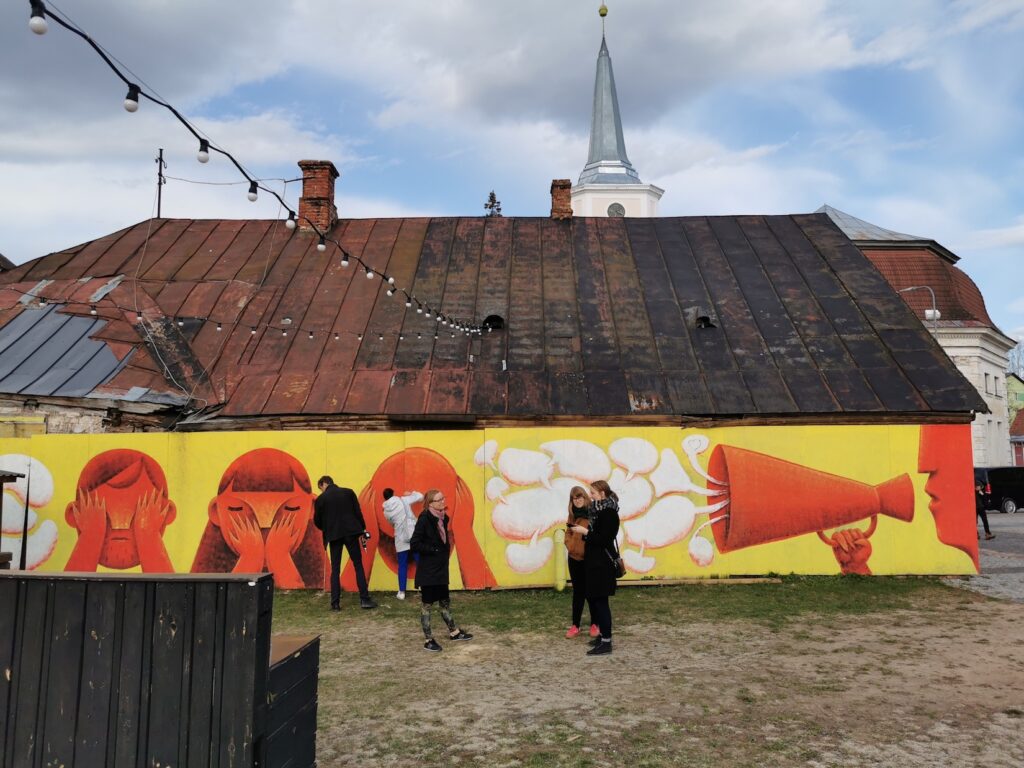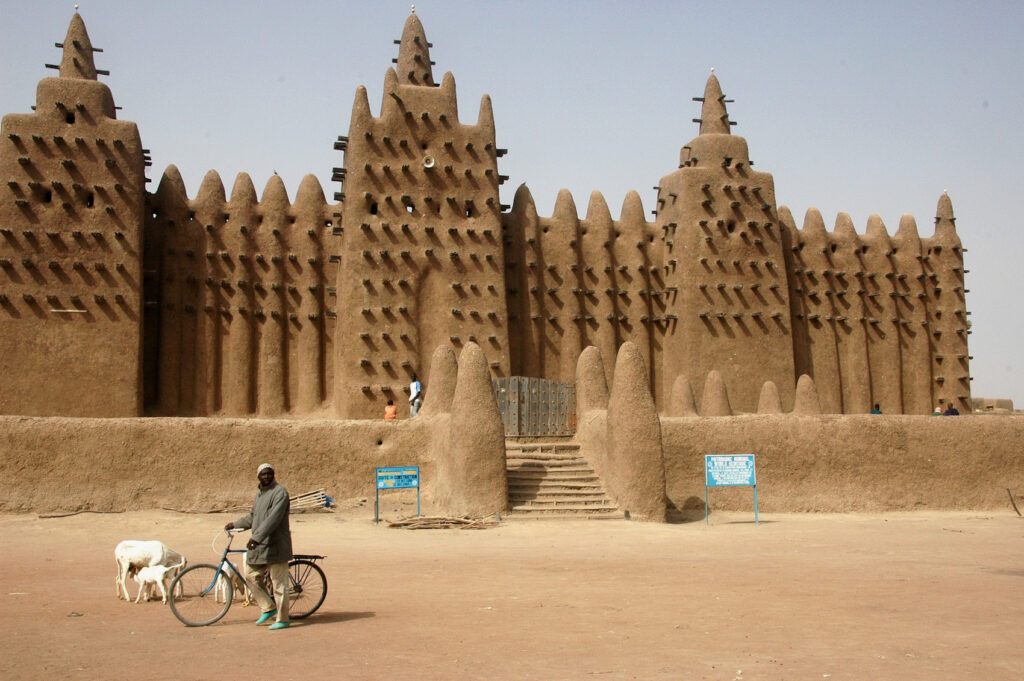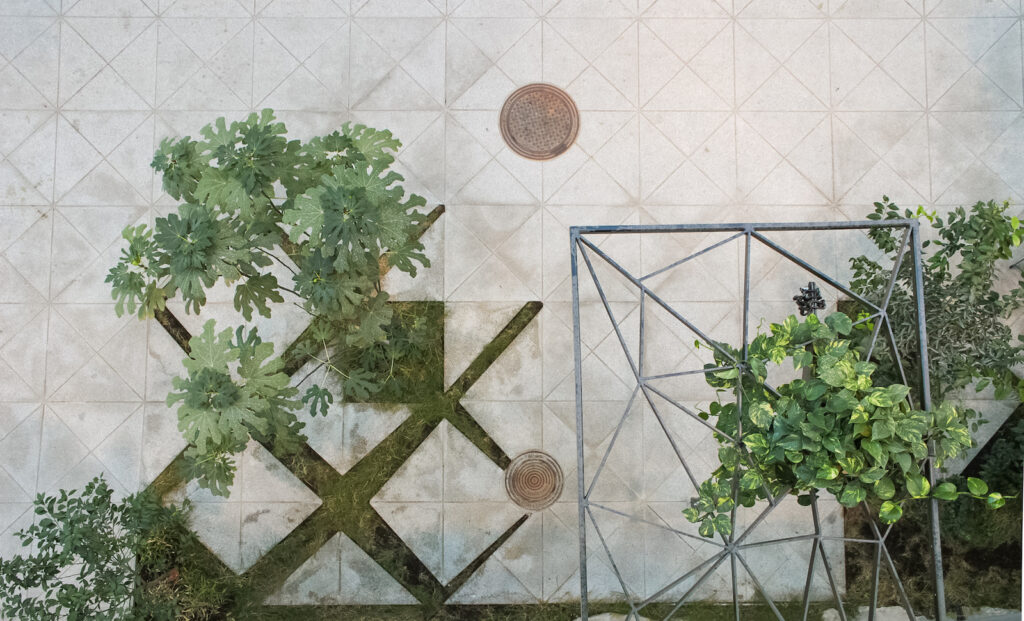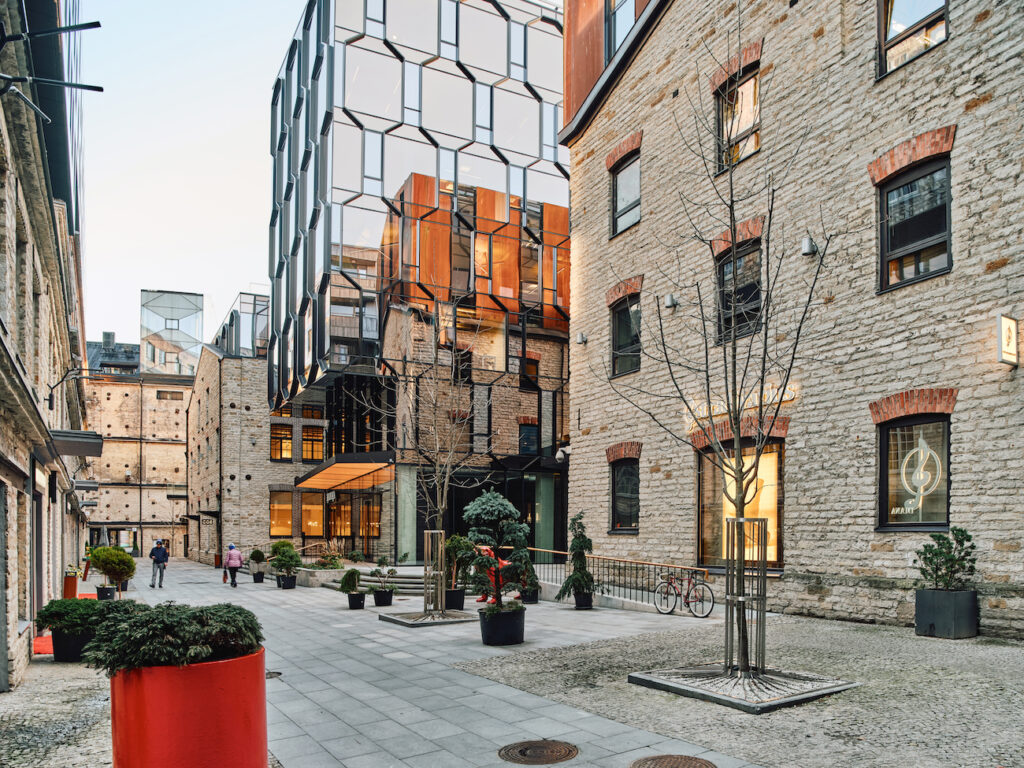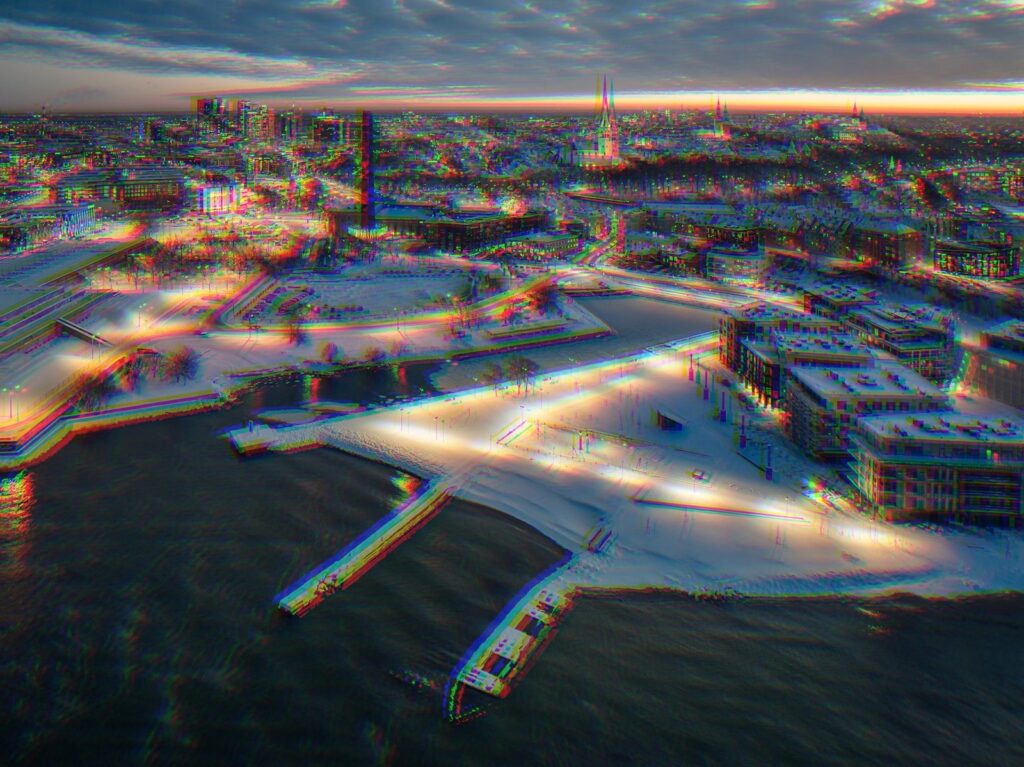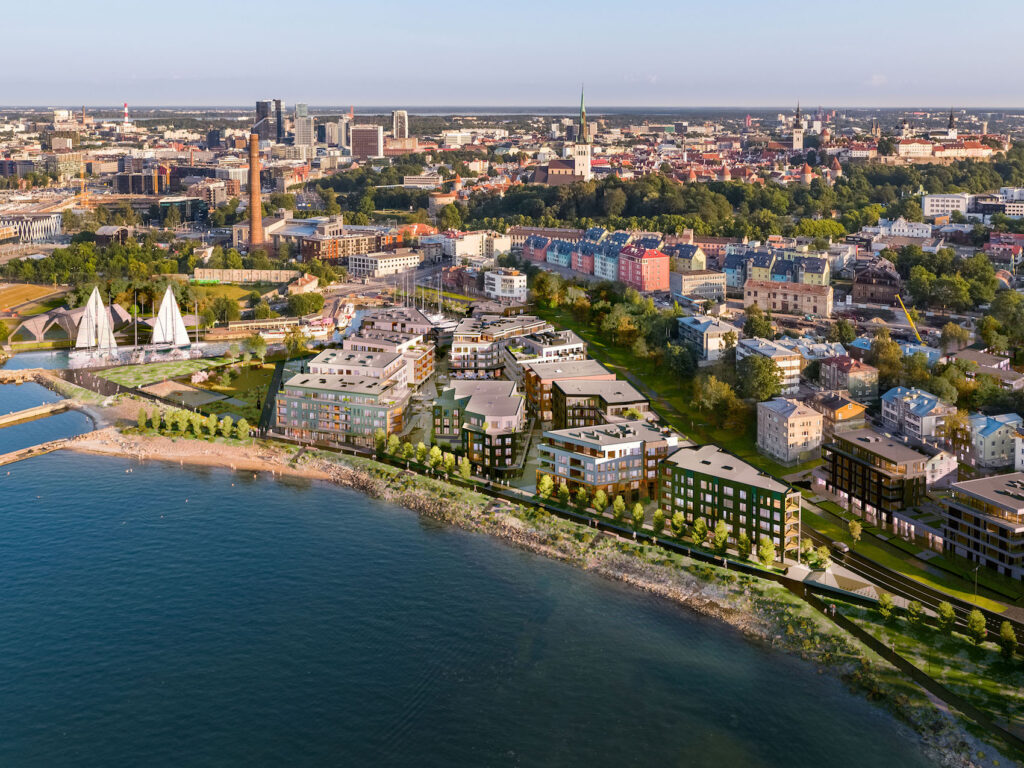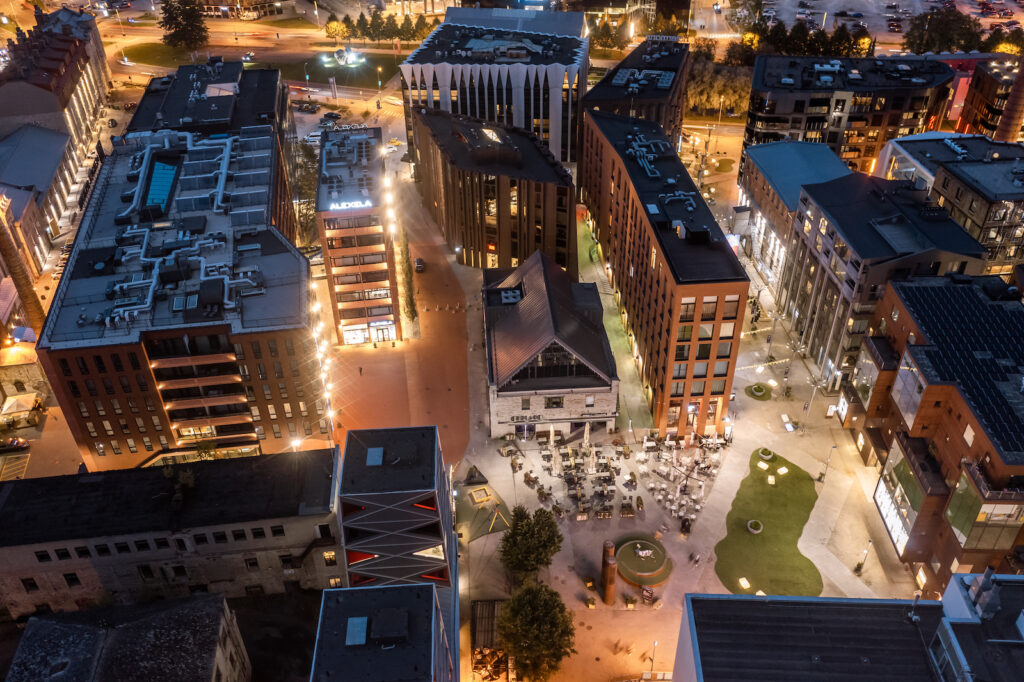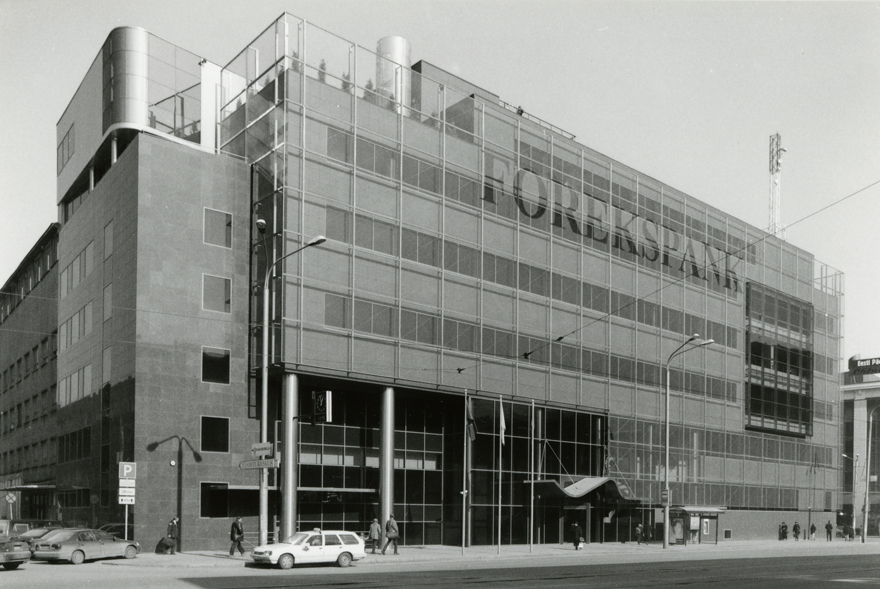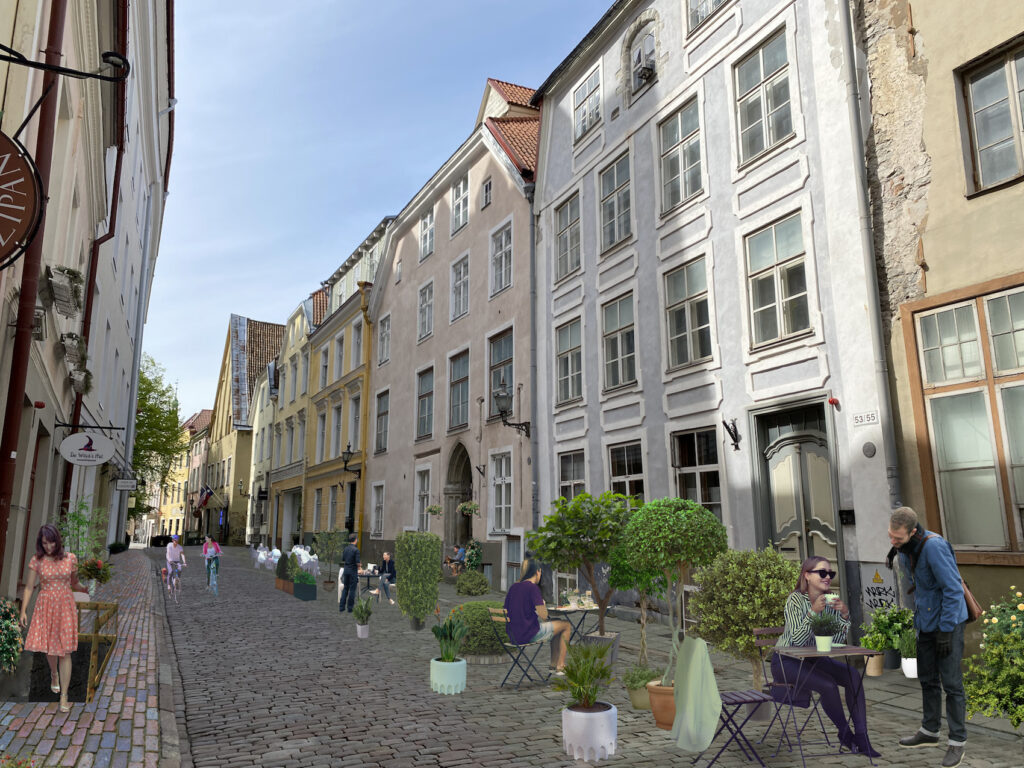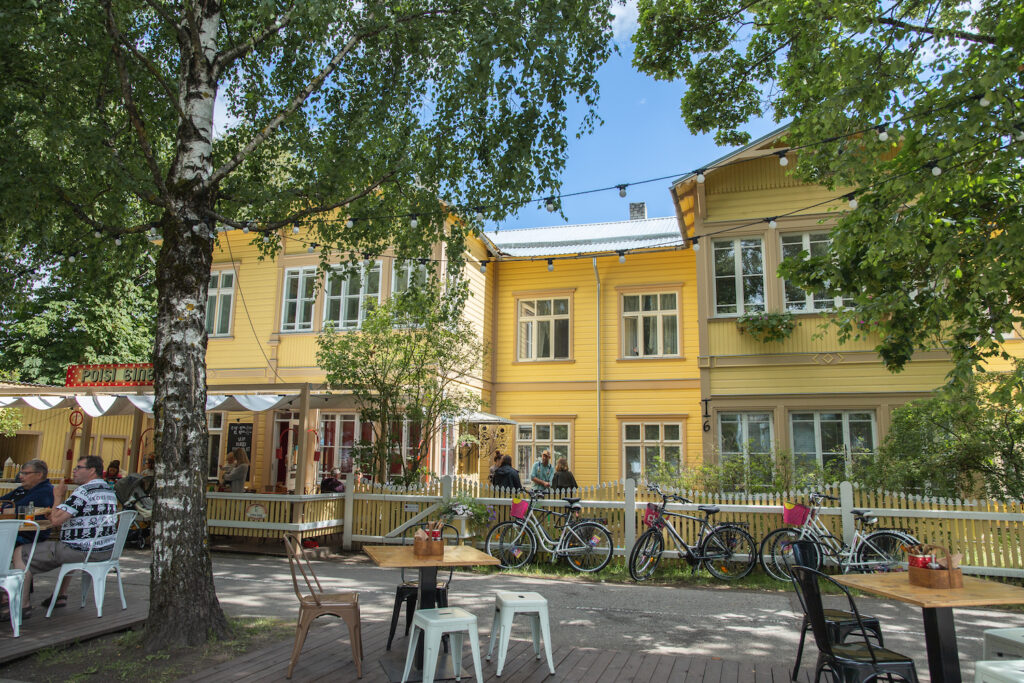Kaija-Luisa Kurik gives an overview of the results of a 30-months-long partnership project between the Estonian National Heritage Board and the Norwegian Directorate for Cultural Heritage, titled ‘Historic Town Centres Revitalised Through Heritage-Based Local Development’, and tries to decipher the increasingly close connections between heritage preservation, urban studies, and sustainable development.
Ewa Effiom dives into the significance of conservation in the debates surrounding contemporary architecture, beauty and functionality.
What is surprising and innovative about Fahle Park Gallery Street compared to earlier reconstructions of industrial architecture?
What is the image conjured up by the phrase ‘the industrial heritage of Tallinn’? Is it the Creative Hub (Kultuurikatel), Rotermann Quarter or perhaps Noblessner Foundry (Valukoda)? Henry Kuningas resorts to outstanding examples to describe the main features implemented in the reconstruction of the industrial heritage in the past two decades.
The genesis of Kalarand is a search for novel urban ideals. Amidst arduous planning and controversy, a number of urban activists matured and professionalised. In a prototyping-like process, several expectations we consider fundamental today on the subject matter of public space and spatial justice were made visible, and solidified. Johanna Holvandus writes on the changes in urban activism and urban processes.
The Kalaranna development in progress was preceded by a controversial, landmark planning process lasting from 2008–2016, during which the Telliskivi Society and a large variety of urban activists stood for the spatial qualities and interests of the seaside promenade and the popular ad hoc sea-bathing spot. The urban space and architecture that took shape as a result is reviewed by the capital’s city architect of the time, Endrik Mänd, who was directly involved in the processes.
The Rotermann Quarter was the first ambitious attempt in independent Estonia to create a comprehensive and architecturally high-level urban space. 20 years have passed since the confirmation of the zoning plan that underlies the development of the area. Urbanist Mattias Malk examines what lessons could be drawn from the formation of this emblematic and groundbreaking space.
The bank building standing on an old industrial frame on Narva Road proves its ability to also serve as a public library. The obligation to survive various eras and situations is common to both buildings and people, Madli Kaljuste ponders.
The Urban Forum held on June 14th–15th was looking for the subtle balance between the activities of visitors and locals as well as the old and the innovative new.
The field of spatial heritage comes with a kaleidoscopic array of concepts that connect the subject with issues such as the climate crisis, reuse, architecture and urbanism. The used terms need to be clarified and made more familiar.
No more posts

